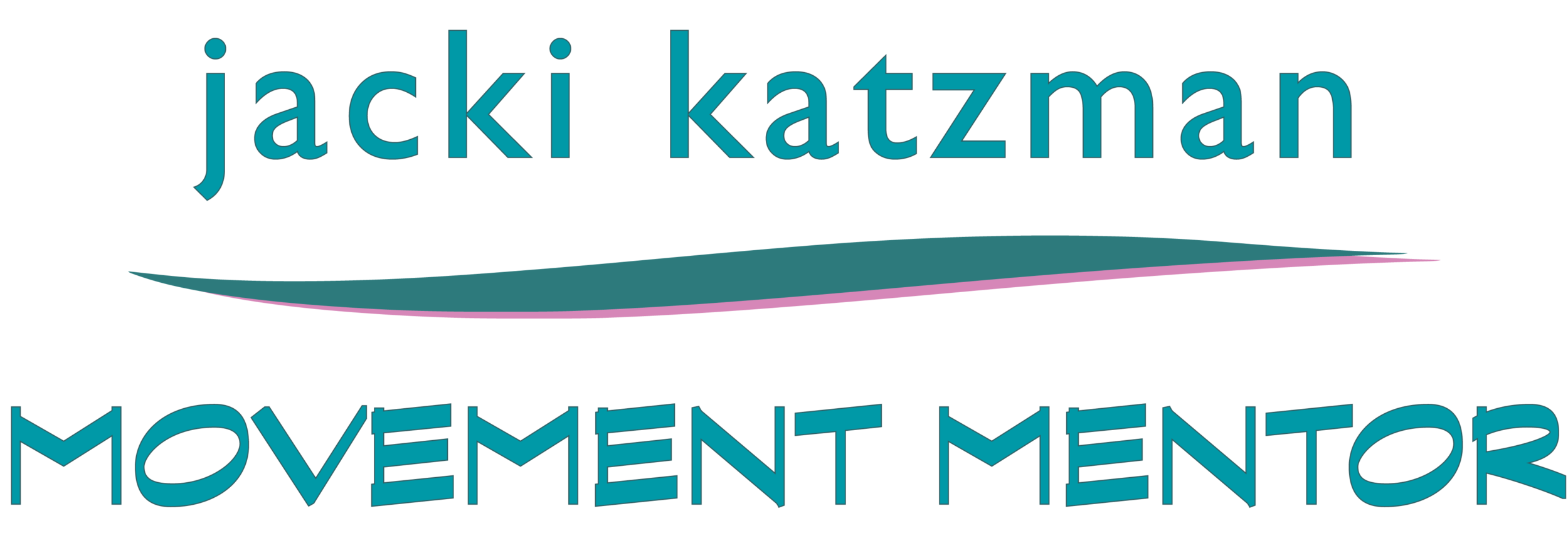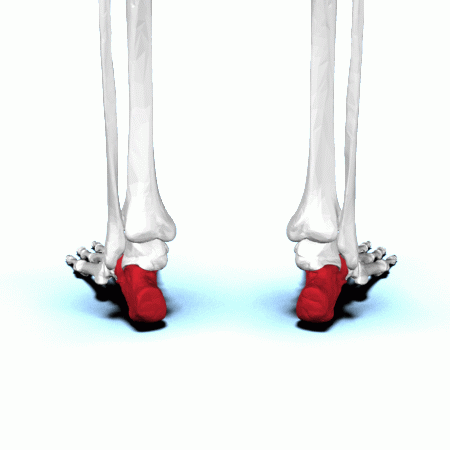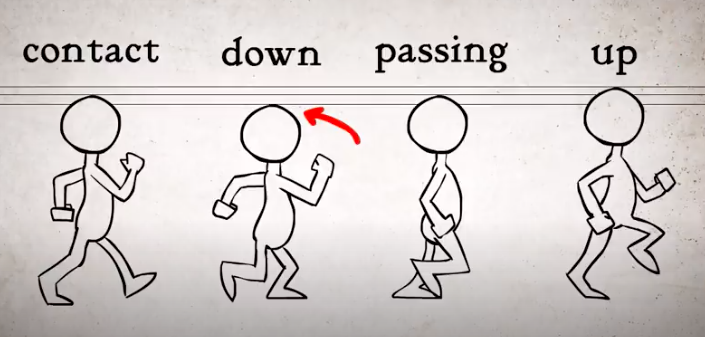About Walking - 2 - Tai Chi Truckin’ (Contact and Down)
About Walking - 2 - Tai Chi Truckin’ “Contact and Down”
Using the Right Bones For the Job
Based on “AY 373 - Turning on the Heels”
Contacting with the heel is biomechanically optimal, The giant heel bone absorbs the shock of contact , while sending the ground forces up the leg, through the pelvis, and into the spine. Flatten the low back - the down phase -to prepare the torso and pelvis to lift the other leg. It works.
This is a - gasp - STANDING lesson focused on the “Contact” and “Down” phases of the walk cycle. (See “The Walk Cycle” for background on how animators look at walking, and why it’s useful to anyone breaking down this incredibly complex act.)
“Contact” is when the heel touches the floor and relays the ground forces up the leg. The calcaneus, or heel bone, and its connecting muscles, aid in walking, running and jumping. It aides in bending the knee, and steadying the leg on the ankle during standing and controlling the toes.
“Down” is the exhale/low back release as the body stabilizes over the standing leg, ready to move in response to whatever the environment demands.
Landing on the heel when stepping makes bio-mechanical sense in terms of distribution of weight, protecting the knees from twisting, protecting the low back and more. Do you use YOUR heels?
Moti Natav, a retired Colonel from the Israeli Defense Force, and one of the world’s first 15th Dan in Bujinkan Budo Taijutsu, is also and acclaimed Feldenkrais Trainer. He introduced this lesson in a recent workshop for ‘golden age’ seniors, for whom walking has become a challenge. It embraces Moshe Feldenkrais’ expertise in martial arts and the practice of Tai Chi walking.
Deceptively simple and minimalist, this lesson builds up the pattern of shifting weight from the heel, along the foot, through the pelvis and spine, and back down into the receiving leg for the next step. Of course we explore coordinating stepping with the breath and the actions of the pelvic floor system.
Set Up for a STANDING Lesson:
Have a mat on the floor or flat-bottom chair for the first part of the lesson and rests
Stand on a firm surface - even a cushy yoga mat might be a bit unstable. For balance, stand near a wall or have a stable chair nearby. Remember - you can’t learn if you are worried about falling over or getting tired!
In “About Walking” we will be thinking like an animator:
Contact - Exhaling and pressing the heel into the floor to lift the hip
Down - How the public bone rolls towards the spine, the low back flattens and the shoulders round a little as the weight rolls towards the stepping foot toes
Passing - Rotating (or twisting) the torso over the now-standing leg
Up - Inhaling, lifting the chest and ‘free’ leg in preparation for the next step
And the last step blends into the first, except on the other side….
How You Might Feel After This Lesson: Appreciative of your heels; Aware of the relationship between breath and stepping; Able to engage the pelvic floor action in walking; Awed by the beauty of martial arts masters moving incredibly slowly yet fluidly; More stable walking on slippery surfaces (like icy parking lots); Clear on the ‘contact’ and ‘down’ phases of walking.
For new student registration, Click Here
If you have a Wednesday 9:30 am or 6:30 pm class registration, keep using it. If you were registered for the 12:00 pm Wednesday session, you’ll need to register. Registered, paid students receive the lesson recording link on Thursday. $40/month, $15/single lesson. PayPal: jackisue@aol.com Venmo: . Or check to Jacki Katzman, PO Box 116, Bethlehem, NH 03574
The ultimate expression of this ‘heel contact’ is the art of Tai Chi walking. This beautifully filmed poem follows a master demonstrate.




